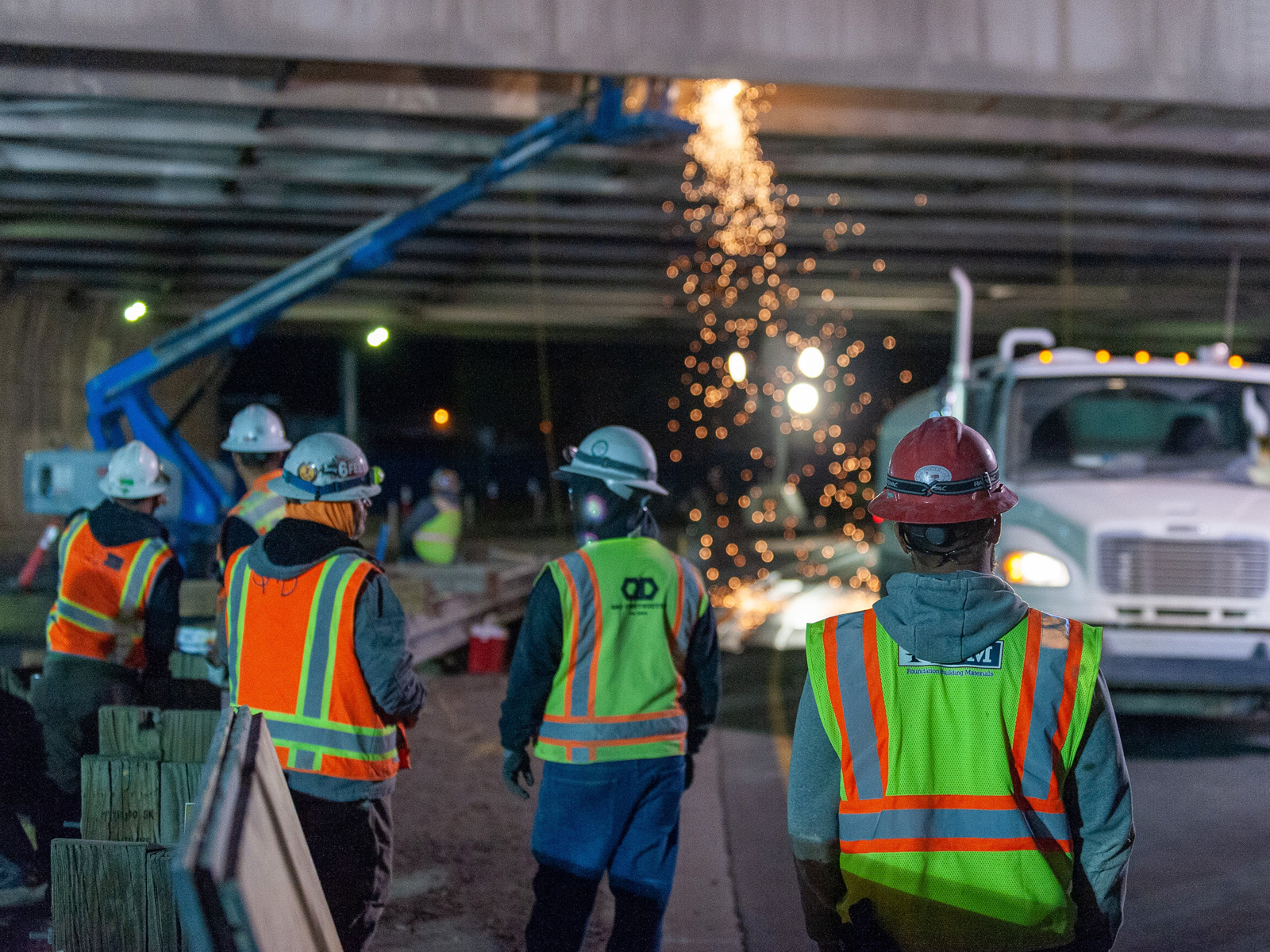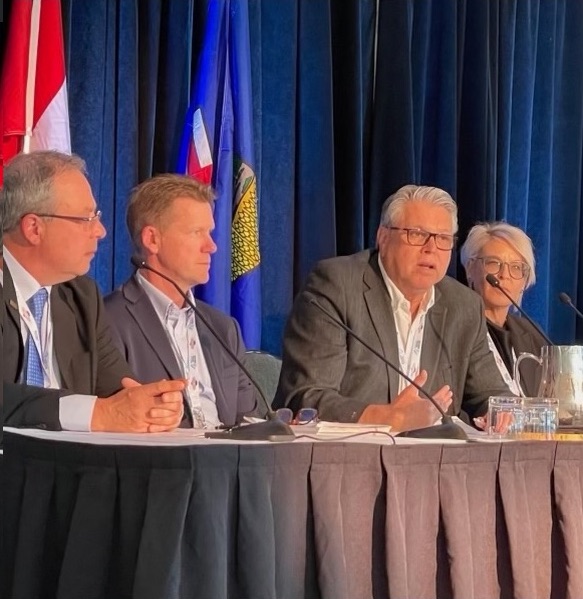
Construction Sector Leads Alberta Job Growth in 2023-24
The Alberta government has released their latest report on labour market trends, based on data from Statistics Canada. Below are some of the key highlights and trends that are shaping Alberta’s labour landscape. One of the standout findings is the strong year-over-year job growth in the construction industry. Our sector has been the leading contributor to the province’s employment gains, with 12,767 more Albertans employed in the sector in the first quarter of 2024 compared to the same period in 2023. This is welcome news to our members and workers. At the same time Alberta’s average weekly earnings were $1,297.76, showing a 2.5% year-over-year increase, indicating positive income growth for workers. In addition, the job vacancy rate in Alberta stood at 3.4%, reflecting a very competitive labour market. For 2023, the average annual job vacancy rate in Alberta came in at 4.2% compared to 4.8% in 2022 and 2.6% in 2019. The strong economy in our province continues to attract people to come west and fill the available jobs. Alberta has led Canada in population growth, up 4.4 per cent from a year ago. International migration contributed two-thirds of the overall provincial population gains. We also saw the highest net
















